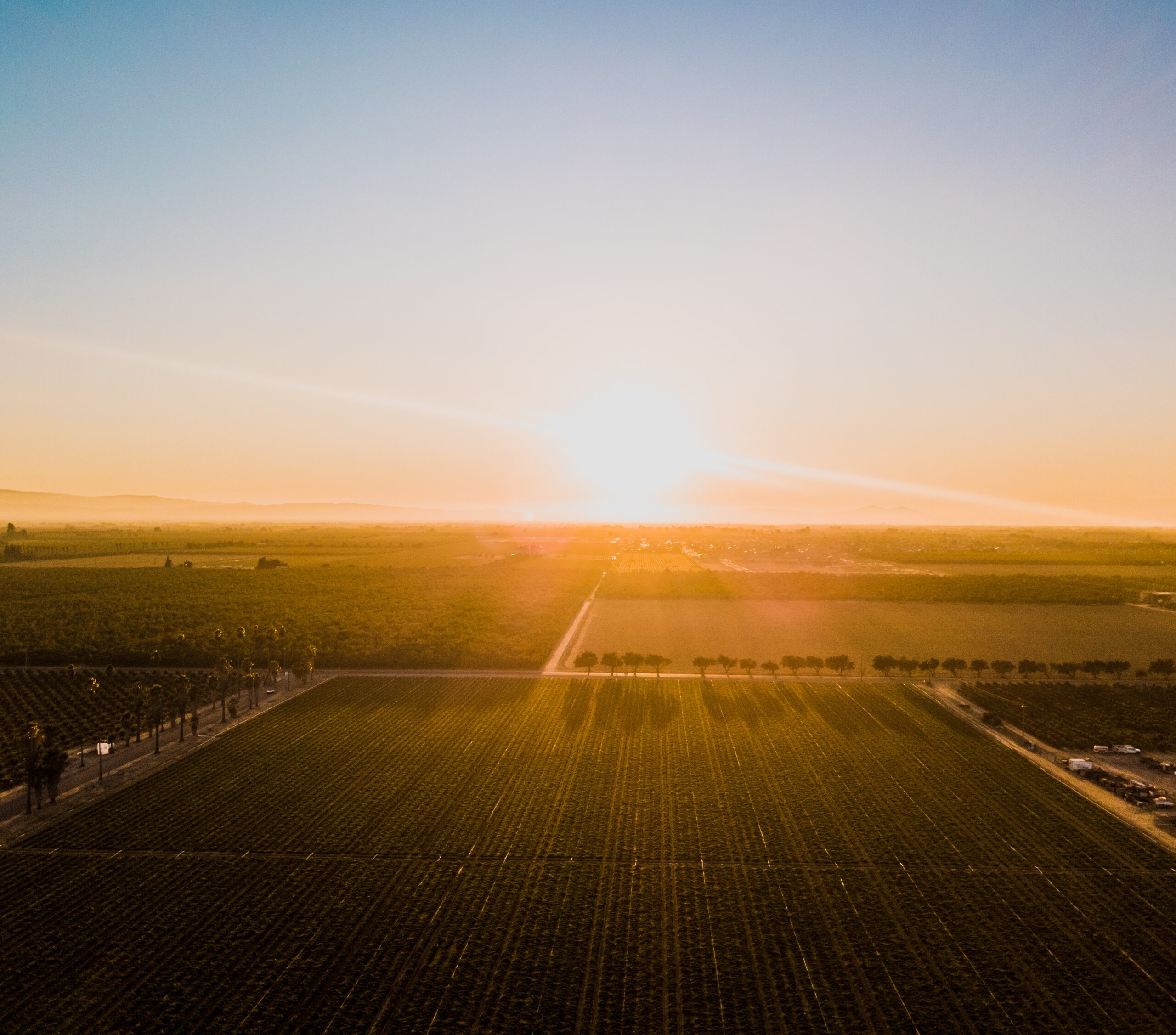Nuts & Bolts: The Uses & Limits of Data as We Work in the San Joaquin Valley

Introduction
For the past year, Heron has been working to help people and communities help themselves out of poverty within the San Joaquin Valley. This work has been guided by a series of strategic questions, as well as ongoing relationships with partners on the ground in Fresno County. In this post, we discuss our efforts to better integrate data as we try to understand the opportunities and challenges facing the San Joaquin Valley.
Heron’s Strategic Priorities
As Heron continues its work in the region, we try to balance between several (sometimes competing) priorities:
- We want to stay well informed about the community. We should know basic trends that are taking place in the San Joaquin Valley. We need to know, for example, how many people live in the community, who the biggest employers are, and what the local issuances look like. We should also monitor big political shifts in the community (like changes in the local administration and/or ballot initiatives).
- We do not want to burden our community partners. One way to stay well informed about the community would be to rely on our community partners for a constant stream of information about changes that are taking place in their neighborhoods. But our community partners have better things to do than to spoon-feed us information that we could find for ourselves through publicly available sources.
- We want to listen to community partners and our capital markets partners — even when they disagree with one another. There will be moments in which our community partners challenge the “expertise” that we receive from national data sets. One of our fixed income managers, for example, told us that Fresno County’s credit rating is discounted because of a ground water overdraft issue in the San Joaquin Valley. One of our community partners, on the other hand, challenged that notion, arguing that Fresno has implemented a robust ground water overdraft mitigation strategy. In those moments, we want to listen to the arguments of both parties and create better feedback loops between them.
- We want to prioritize our work based on community agency and need. Heron is a relatively small foundation, so we unfortunately cannot provide resources to every single initiative within the San Joaquin Valley. As we explore which initiatives with which to engage, we try to use data to help answer several questions: How would this initiative contribute to (or extract from) the various capitals within the community? Who within the community seems to be leading and/or supporting this initiative and why are they doing so? Is there widespread community support?
What That Means in Practice
To balance between these (sometimes competing) priorities, we have been trying to do three things:
- Collect any and all publicly available information that we can find to stay well informed about the San Joaquin Valley. Heron aggregates data from the following sources into a community dashboard, which we try to review and analyze quarterly. (While we find value in looking at these sources, we have also learned that data does not always tell the full story. So, we use data sources as guidance, but not as the ultimate decision-making factor.)
In addition to these quantitative sources, Heron reviews local news sources (particularly the Fresno Bee in the San Joaquin Valley) and circulates a weekly digest of updates that seem material to Heron’s workflow.
We also check in with our capital markets partners to get their perspectives on the places in which we operate. We periodically ask our fixed income managers and friends at rating agencies, for example, to connect us with the analysts that cover the San Joaquin Valley so we can get their qualitative perspectives on the trends in Fresno County. - At least quarterly, check in with our community partners. We cultivate active relationships with our community partners and speak to each of them at least quarterly. In those conversations, we often ask about changes that we see in the community dashboard or news cycle, and we invite our partners to flag additional trends and shifts that Heron should be aware of as we engage in places
- Prioritize our work based on community agency and need. When Heron discovered, for example, that the Low Income Investment Fund (LIIF), a national CDFI, was providing loans to childcare centers in Fresno County, we checked Fresno County’s Social Progress Imperative scorecard to find out whether childcare deserts were a particularly big issue in Fresno County and discovered that Fresno County does unfortunately have a higher rate of childcare deserts than its peers. Heron then prioritized a deployment to LIIF accordingly.
Growing Our Resources
As we continue our work in the San Joaquin Valley, maintaining a collection of data sources helps us understand local challenges. Growing our resources will be a constant effort, as we continue to search for and integrate a variety of databases and local news sources.
In an effort to refine our work, we consistently ask our thought partners to help us fill in the gaps. What other data sets should we be using? What metrics should we pay attention to? How can we make our collection of resources more comprehensive? What local news sources should we be reading? What metrics are our partners using to inform their work? Let us know what you think in the comments.
Comments are closed here.